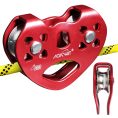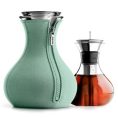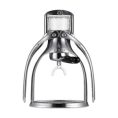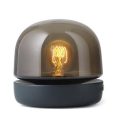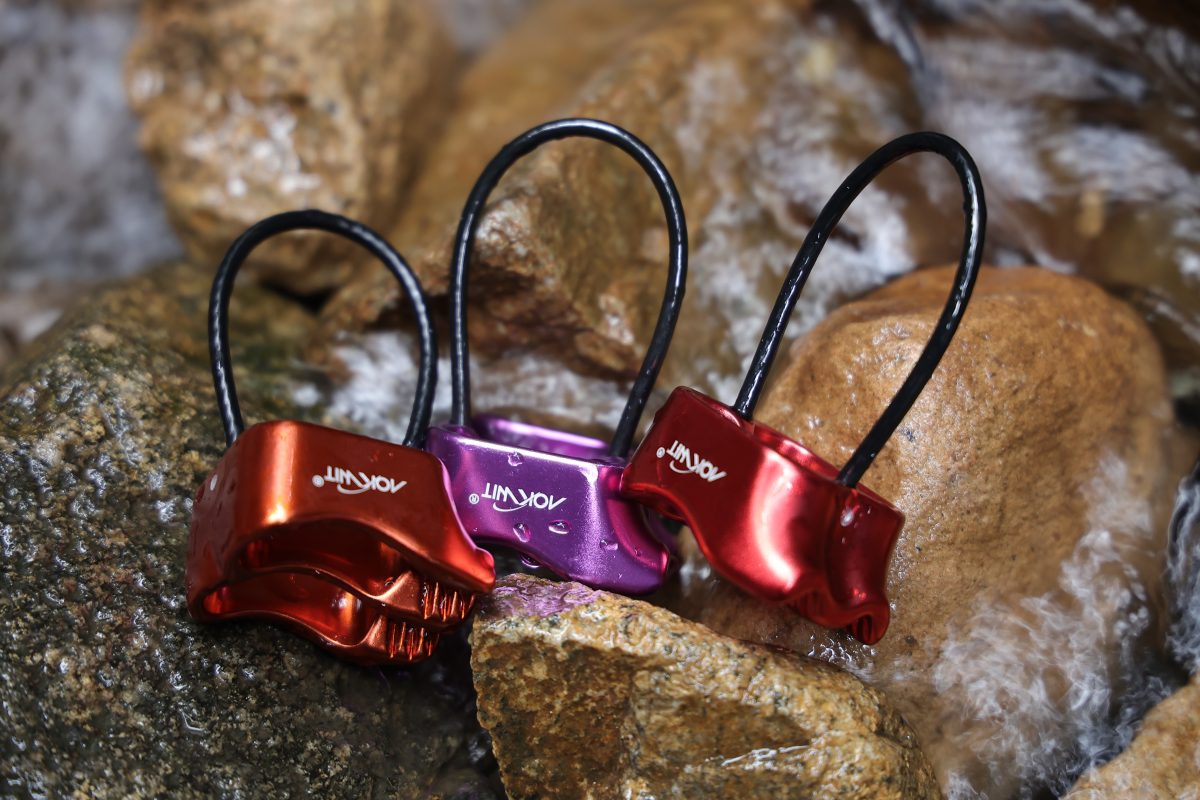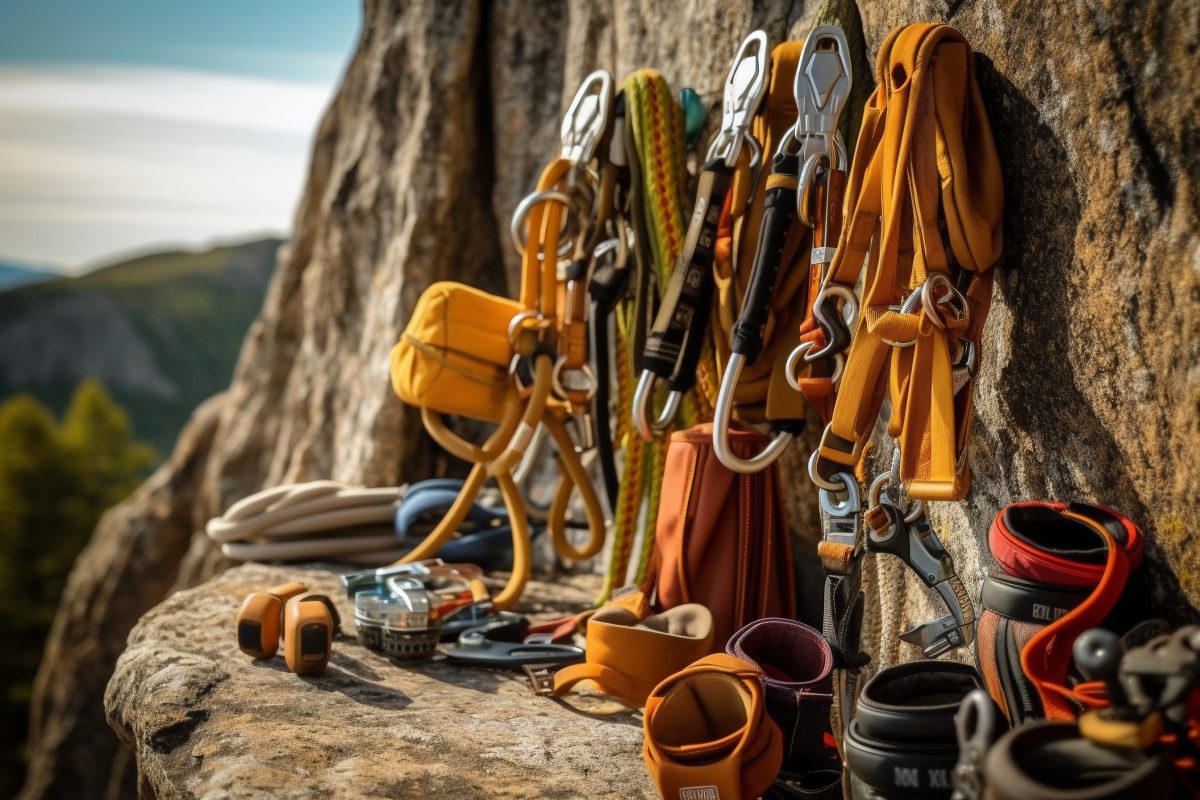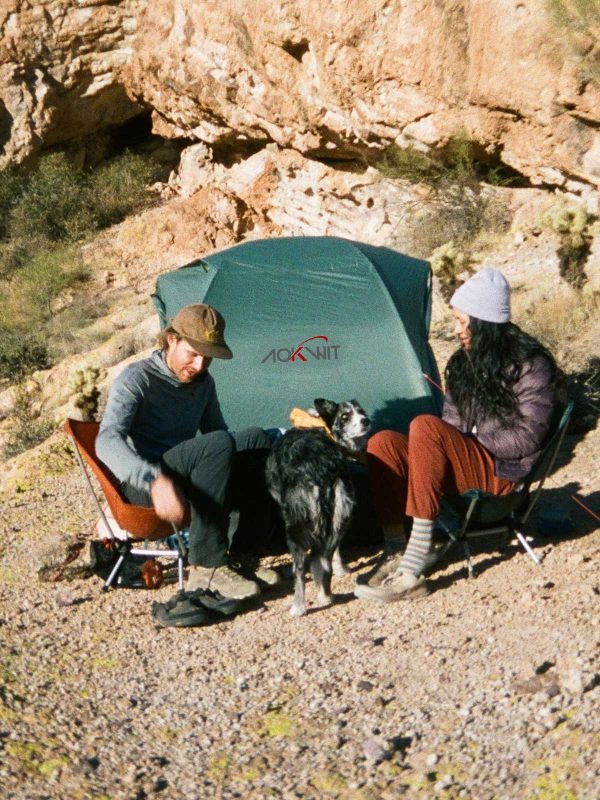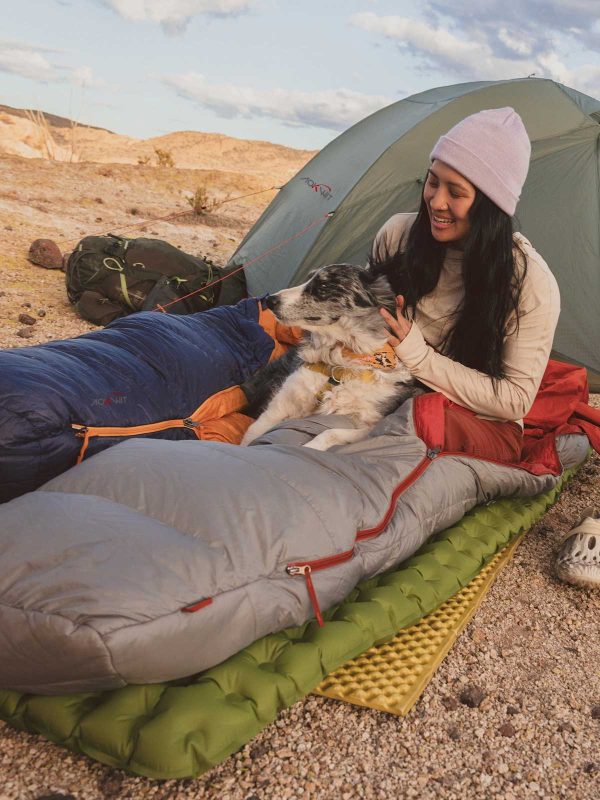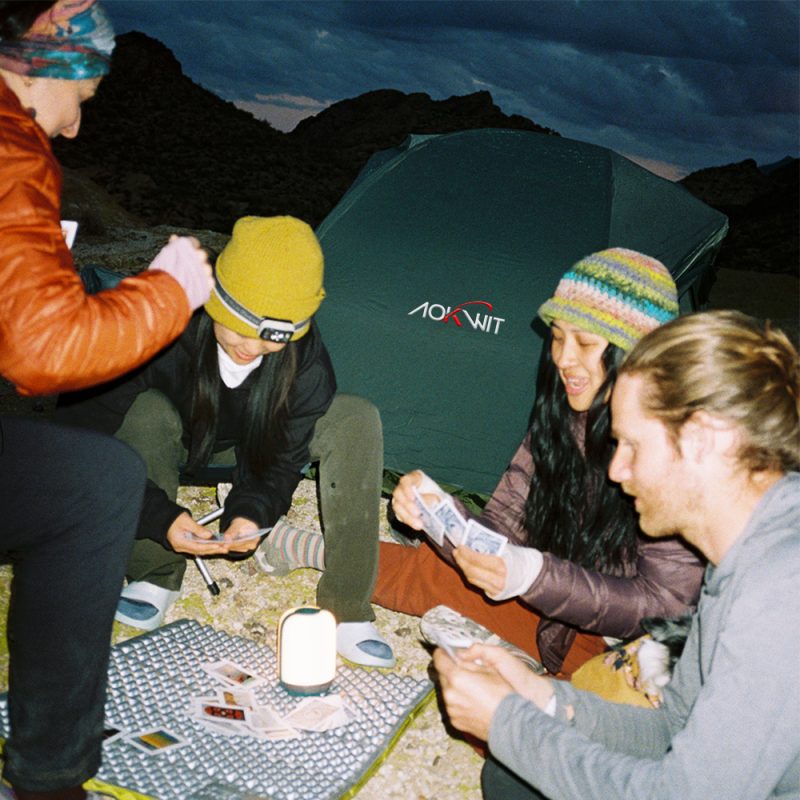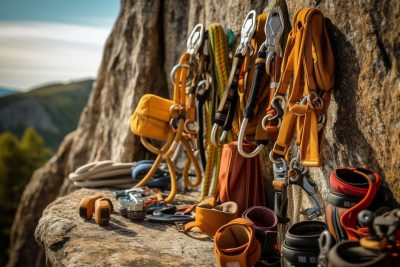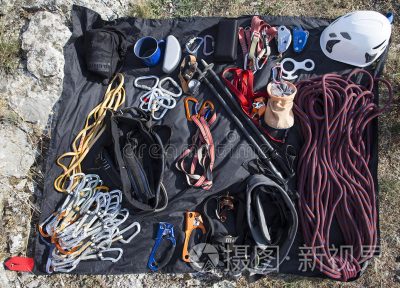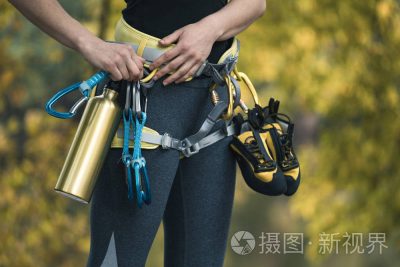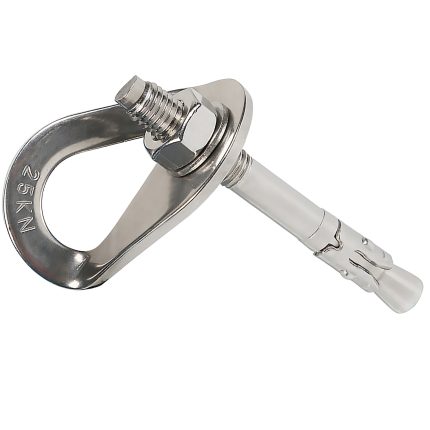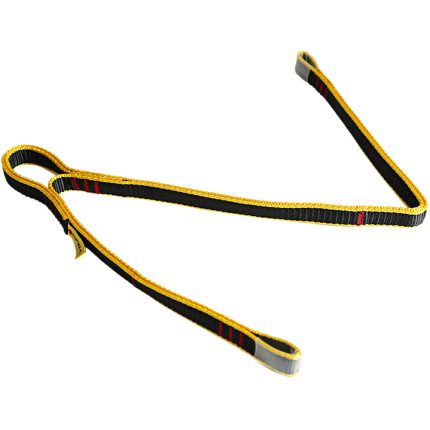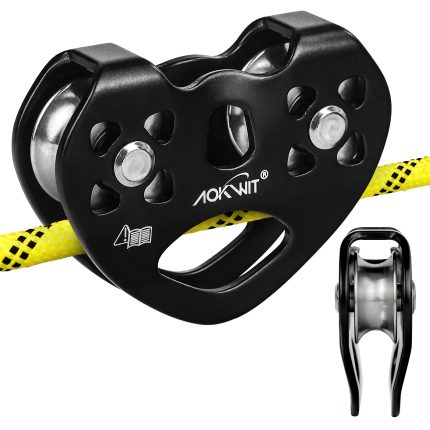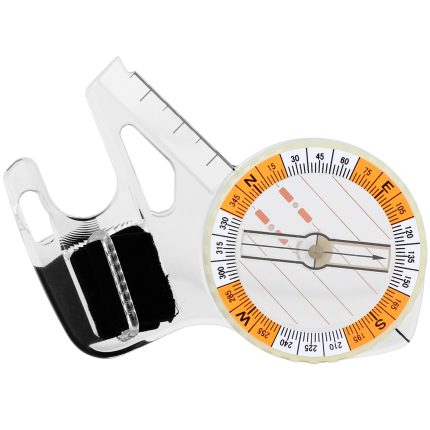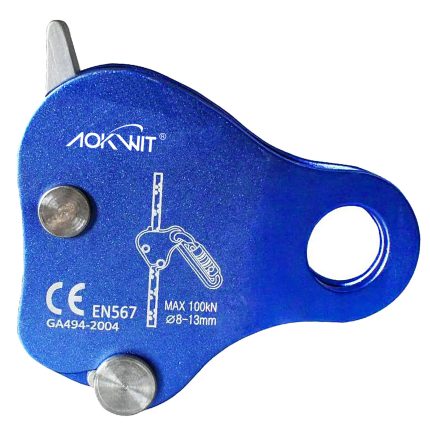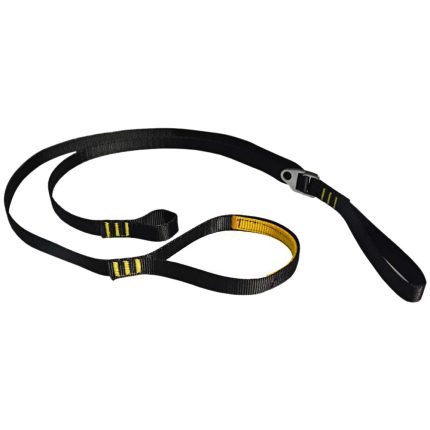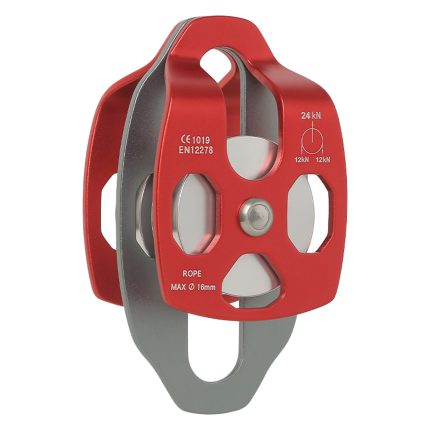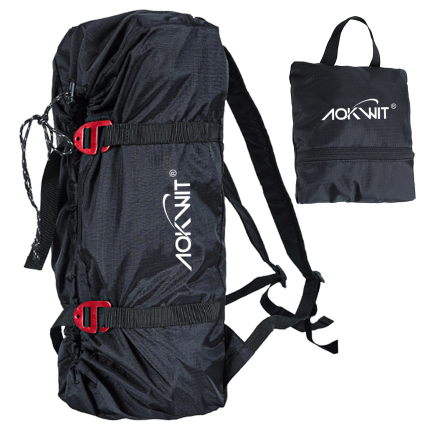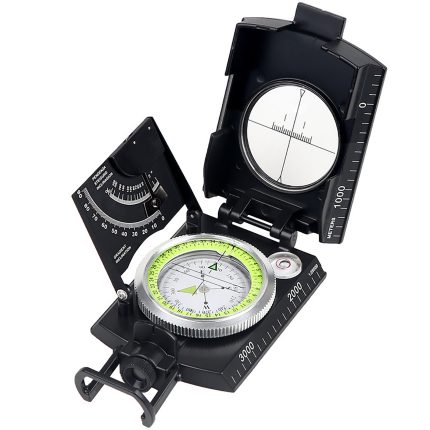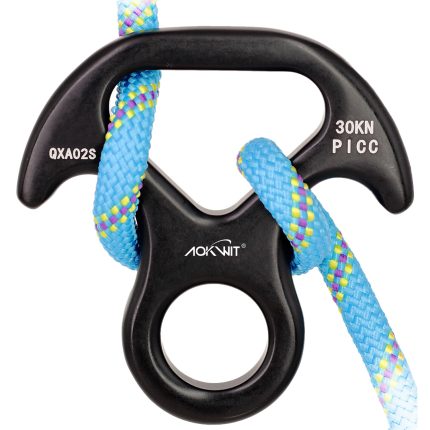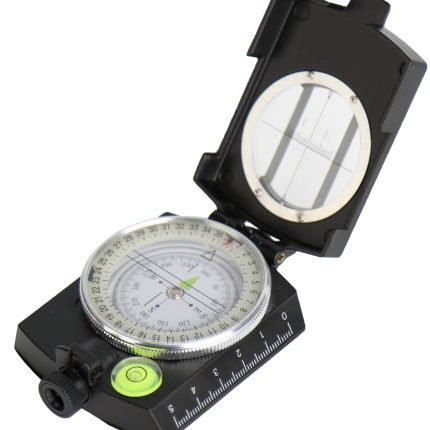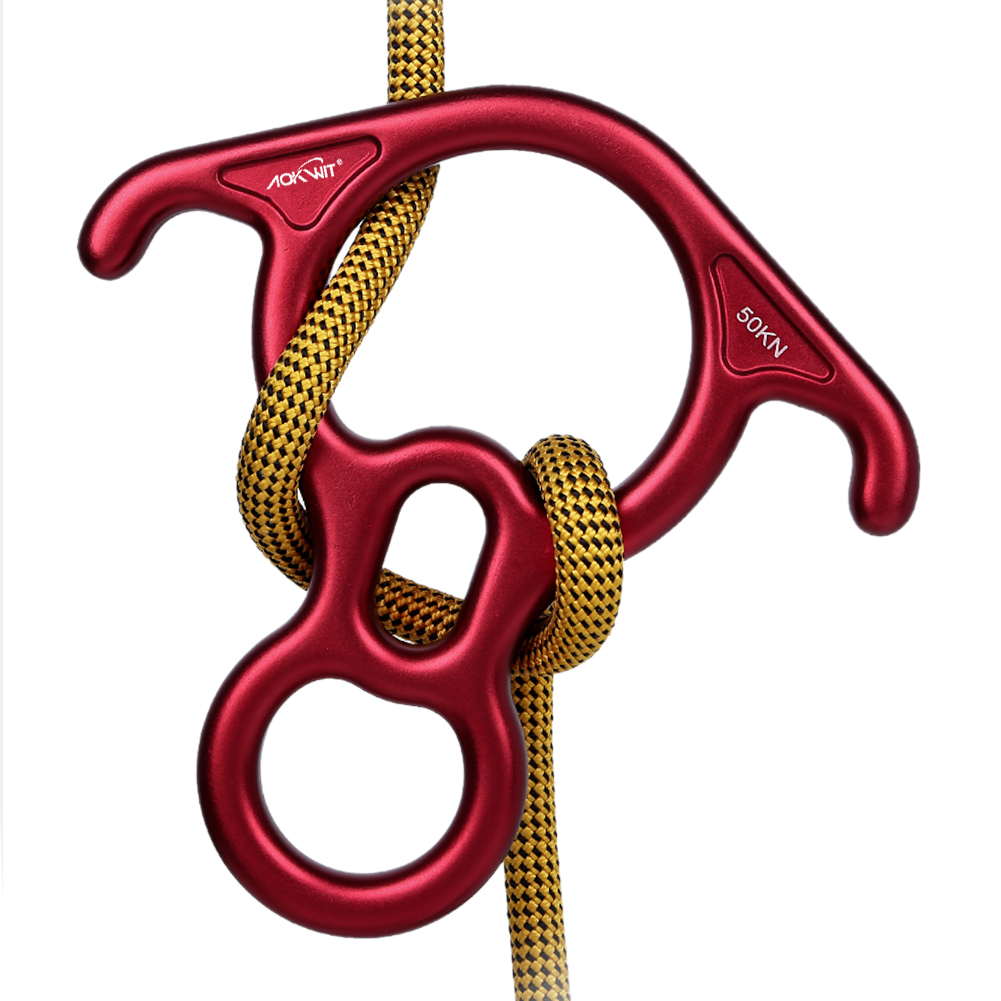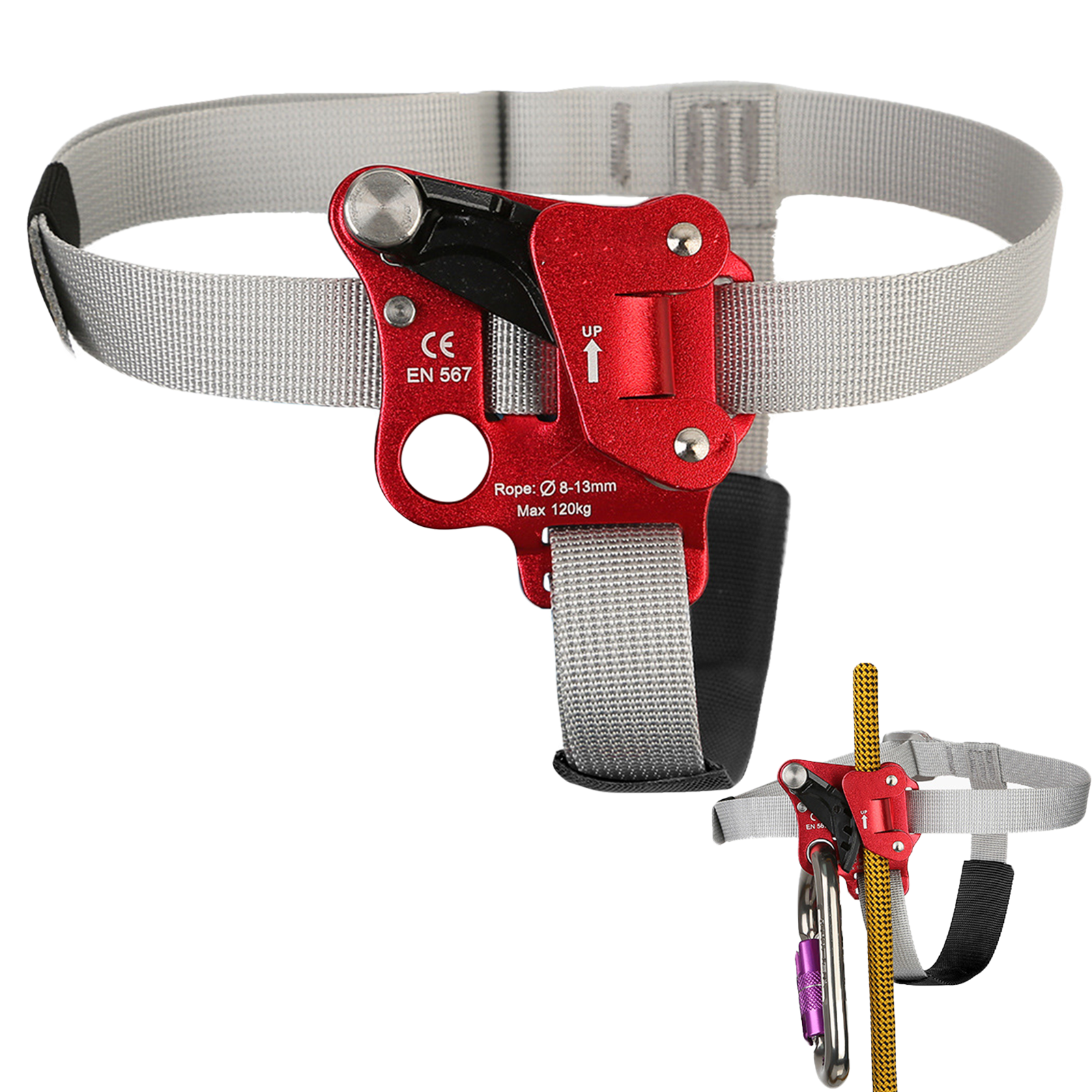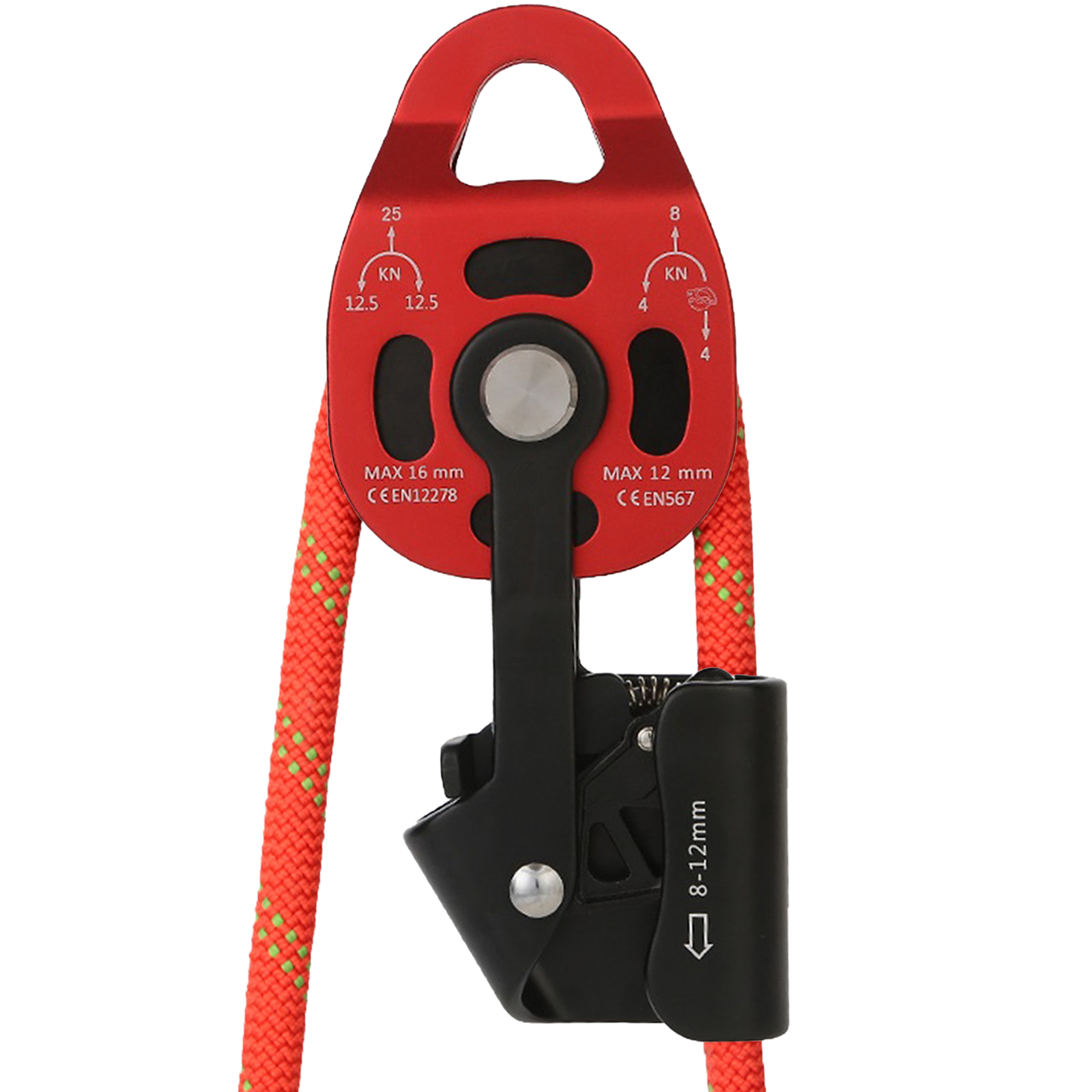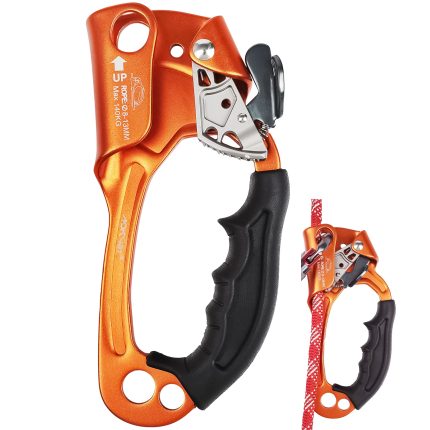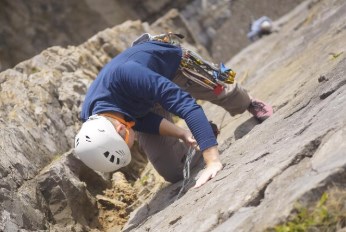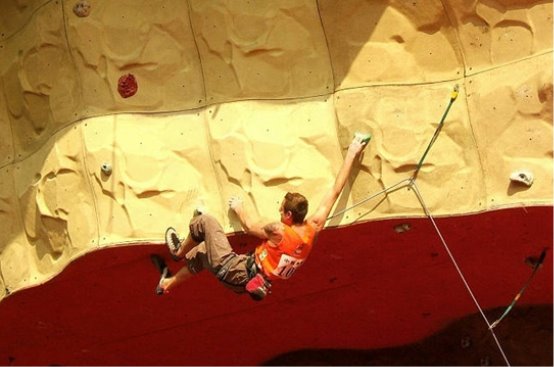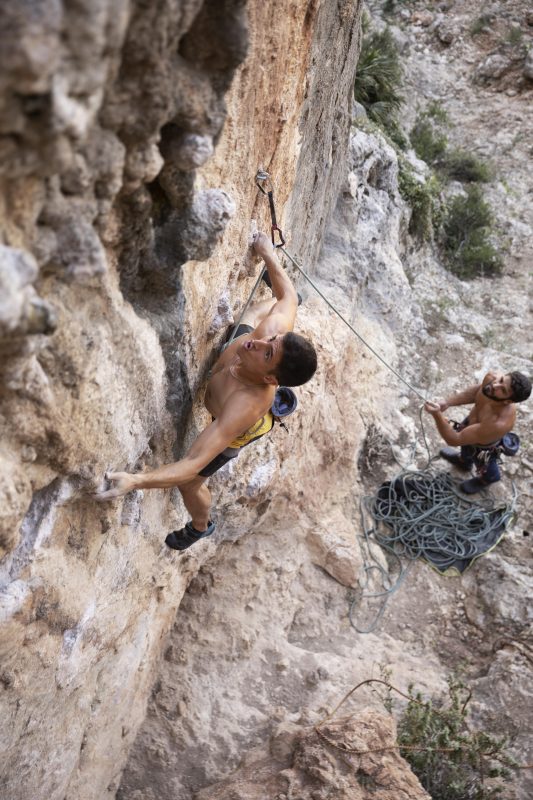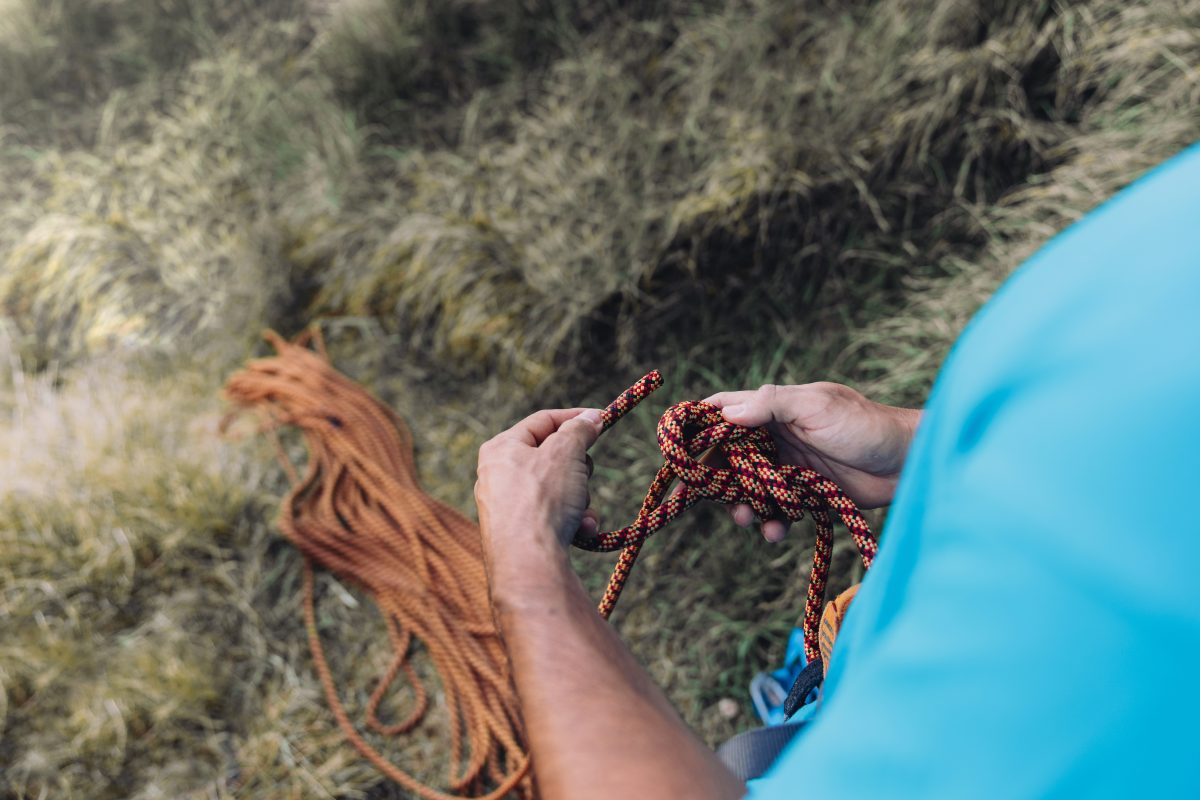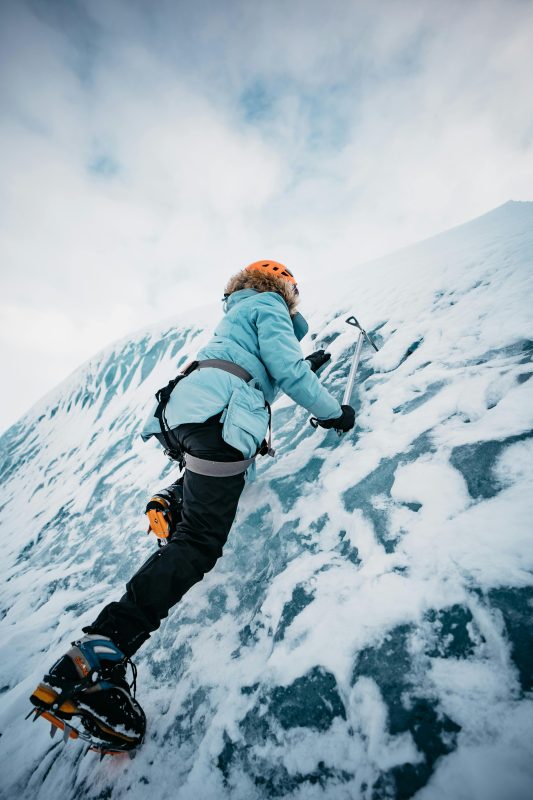How to Delay Arm Pump and Fatigue

Many climbers are fixated on building strength while overlooking the value of optimizing energy distribution and efficient recovery methods.
Indeed, elite climbers are often strong; however, not all strong individuals become elite climbers.
The real difference between elite climbers and average enthusiasts lies in the subtle details: using efficient techniques during the climb to prevent arm pump and fatigue, and maximizing rest while climbing.
The three techniques below can help you reach that elite level.
Try them. You’ll find that regardless of your current skill or strength level, the onset of arm pump and fatigue will be delayed.
1. Conserve Energy While Climbing
Most climbers fail to conserve energy when they tire. Improving climbing efficiency (climbing as quickly as possible to avoid total exhaustion) requires conscious effort. Practice this with a partner, perhaps turning it into a challenge.
Here are some energy-saving techniques to practice first on moderate outdoor routes or indoor walls:
- Plan Rest Points: Before climbing a route (during route reading), identify specific rest points. Do not chalk up or rest anywhere except these designated rest points. Move as quickly as possible between rest points.
- Minimize Grip Time: Do not grip any hold (except rest points) for more than 5 seconds. Move through crux holds as rapidly as possible.
- Vary Grip Techniques: Use as many different grip types as possible on each hold – CRIMP, OPEN, THUMB LOCKS, PINCH – whatever the hold allows. Don’t linger on any pumpy hand/finger position. Relax your arms and fingers between moves.
2. Use Active Recovery During Rests
Most climbers rest only when they feel pumped, which is inefficient. Employ more professional resting methods:
While moving your hand from one hold to the next, open and close your fingers several times or bend your arms slightly. Imagine the blood that pooled in your fingers and palms during the last hard grip starting to flow again. Perform this action because it stimulates blood circulation in your forearm muscles.
Consistently incorporating this relaxation during each move will significantly slow down the rate at which arm pump and fatigue build up.
3. Use the G-Tox Method for Accelerated Recovery
Shaking your arms down at your sides is a common method to relieve pump. However, it’s not the most effective. Leveraging gravity is far more efficient, hence I call this the “G-Tox” method (G = Gravity).
G-Tox: While resting, continuously alternate your arm position between hanging down naturally and being raised above your head.
For example: Shake out with arms down for 5 seconds, then shake out with arms raised above your shoulders (slightly bent) for 5 seconds. Repeat this cycle until fully recovered or until you reach your maximum rest time at that point.
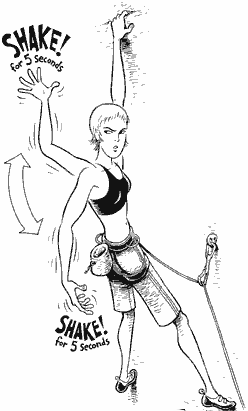
The Science of G-Tox: The pump you feel is largely due to accelerated lactic acid buildup and restricted blood flow. When you shake out with arms down, fresh blood flows into the forearms. However, because the arms are below the heart, the “old blood” (carrying lactic acid, etc.) struggles to flow out. This creates a circulatory “traffic jam,” preventing the pump from dissipating and slowing recovery. (Haven’t you noticed your arms feel more pumped when you shake down low?)
The G-Tox method uses gravity to assist venous blood return to the heart, facilitating lactic acid removal and speeding recovery.
The effect is undeniable – when you raise your arms, you will feel the pump in your forearms lessen.
During your climb, use this method every time you rest: Alternate between the raised and lowered positions while shaking out, spending 5 to 10 seconds in each position.
